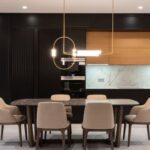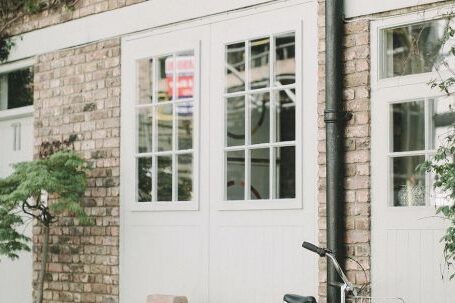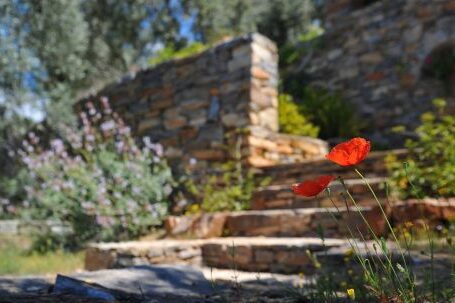Architecture, as an art form, has always been a medium for human expression. From the ancient wonders of the world to the modern sky-piercing skyscrapers, architecture has continuously evolved, pushing the boundaries of what is possible. In recent years, there has been a surge in architects embracing bold and daring designs that challenge traditional norms. This article explores the concept of pushing the limits of architectural expression and the impact it has on the built environment.
Breaking Free from Conventional Design
Traditionally, architecture has followed certain established norms and principles. However, in the pursuit of creativity and innovation, architects are now breaking free from these conventions. They are no longer confined by the limitations of traditional design, instead, they are embracing the freedom to explore new possibilities. This shift has resulted in the emergence of buildings that are visually striking, often defying gravity and blurring the line between art and architecture.
Embracing Unconventional Materials
Another way architects are pushing the limits of architectural expression is through the use of unconventional materials. Gone are the days when buildings were solely constructed using concrete, steel, and glass. Now, architects are experimenting with materials like bamboo, recycled plastics, and even living organisms. These materials not only add a unique aesthetic to the structures but also contribute to sustainability and a greener future.
Creating Dynamic Spaces
Architecture is no longer confined to static structures. Architects are now designing spaces that are dynamic and ever-changing. By incorporating elements such as moving facades, interactive installations, and adaptable interiors, architects are transforming buildings into living entities. These dynamic spaces not only engage the users but also create a sense of wonder and excitement.
Blurring the Line Between Indoor and Outdoor
Traditionally, architecture has focused on creating clear boundaries between indoor and outdoor spaces. However, architects are now challenging this notion by blurring the line between the two. By seamlessly integrating nature into the built environment, architects are creating harmonious spaces that connect with the surroundings. This approach not only enhances the user experience but also promotes sustainability and a deeper appreciation for the natural world.
Redefining Skyscrapers
Skyscrapers have always been a symbol of human achievement and progress. However, architects are now pushing the limits of these towering structures, redefining what a skyscraper can be. From twisted towers to gravity-defying designs, architects are creating structures that challenge the laws of physics and leave spectators in awe. These bold and daring designs not only shape the skyline but also inspire future generations of architects.
The Impact on the Built Environment
The bold and daring designs of architects have a profound impact on the built environment. They not only shape the physical landscape but also influence the way people perceive and interact with space. These designs challenge societal norms and encourage individuals to think outside the box. By pushing the limits of architectural expression, architects are creating a world that is visually stimulating, thought-provoking, and constantly evolving.
In conclusion, the concept of pushing the limits of architectural expression is transforming the world of architecture. Architects are breaking free from conventional design, embracing unconventional materials, creating dynamic spaces, blurring the line between indoor and outdoor, and redefining skyscrapers. These bold and daring designs have a profound impact on the built environment, shaping the physical landscape and influencing the way people perceive and interact with space. As architects continue to push the boundaries of what is possible, the future of architecture holds exciting possibilities for innovation and creativity.





